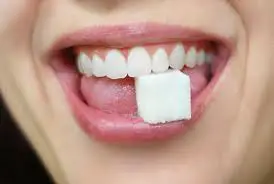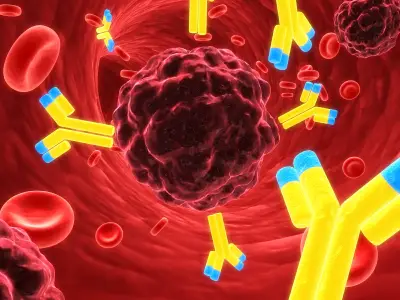
by Cheryl Poirier
Unilever, as a company, is good for a lot of things. Keeping your self fresh. Keeping your significant other fresh. And, this time, for stating the obvious.
Like many other companies in the “clean” industry, Unilever prides itself on completing studies. Studies regarding things like, sustainable sourcing, employee wellbeing, environmental impacts and more. Click here to see for yourself.
Well, this time, in association with researchers from the Leiden University Medical Centre in the U.K., they have determined that people with higher blood sugar levels looked older.
To be specific, the study was investigating the co-relation between high glucose levels and perceived age.They found that those with higher, non-fasted glucose “scores” looked almost 2 years older than they actually were.
I’m happy they put an actual number to this hypothesis but really, with all the information we read about how bad sugar is for you, how did we not know this already?
If I had brought you to any family re-union, we could’ve figured that one out.
But all the research and development money has to be used for something.
So thanks Unilever, for getting the numbers on that one. And with the study write-up itself, only being a page, I guess you could say it was short and sweet.






 “We have made what we think is a big advancement … and we’re going to push as hard as we can and as fast we can,” said Dr. Irving Weissman, pathology professor at the Stanford University School of Medicine and director of Stanford’s Institute of Stem Cell Biology and Regenerative Medicine.
“We have made what we think is a big advancement … and we’re going to push as hard as we can and as fast we can,” said Dr. Irving Weissman, pathology professor at the Stanford University School of Medicine and director of Stanford’s Institute of Stem Cell Biology and Regenerative Medicine. Popcorn, already known to be a good source of fiber, has higher levels of healthy antioxidants than some fruits and vegetables, according to new research.
Popcorn, already known to be a good source of fiber, has higher levels of healthy antioxidants than some fruits and vegetables, according to new research.